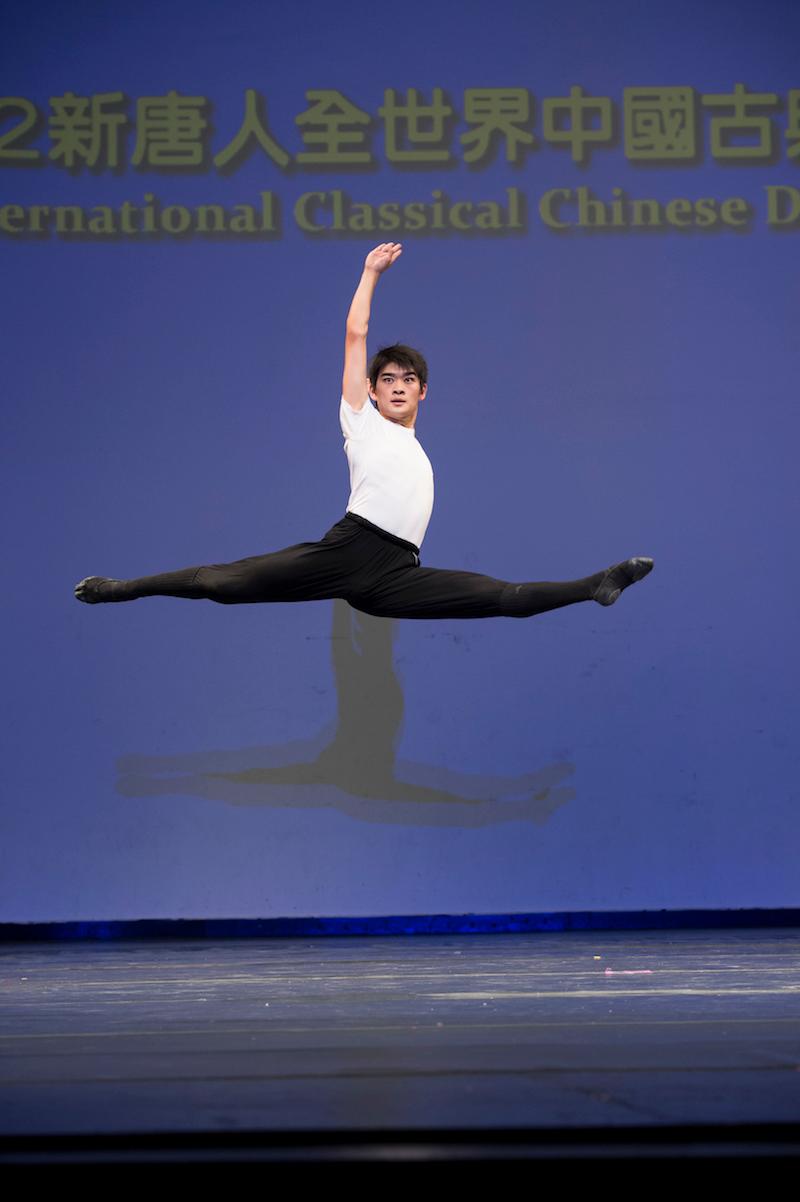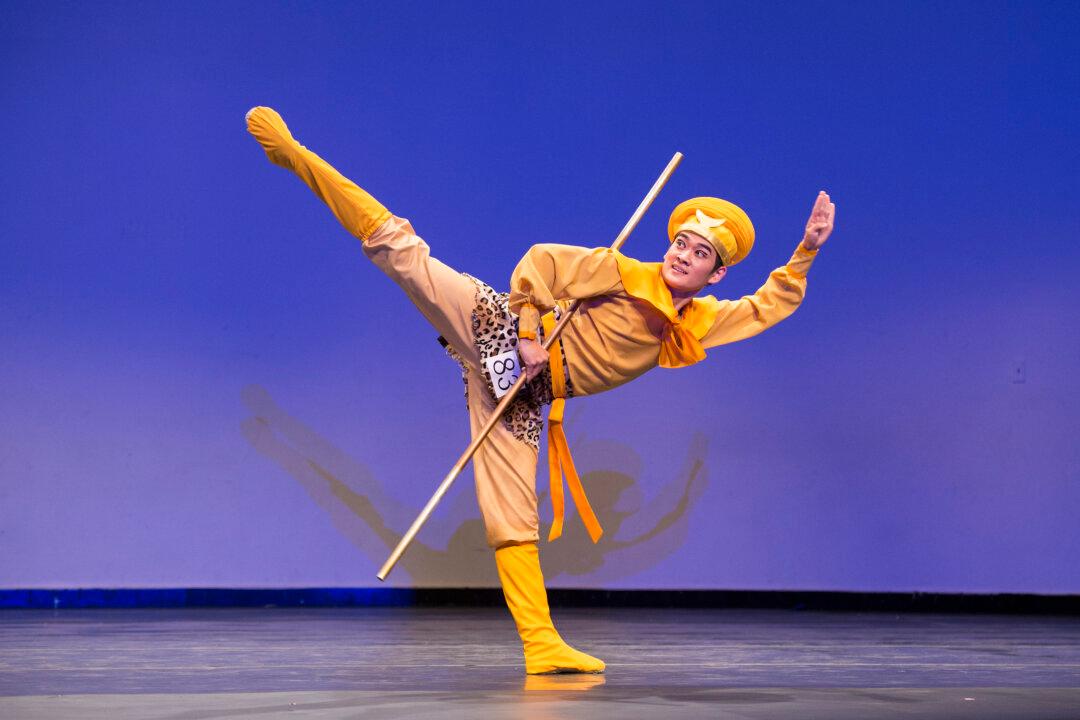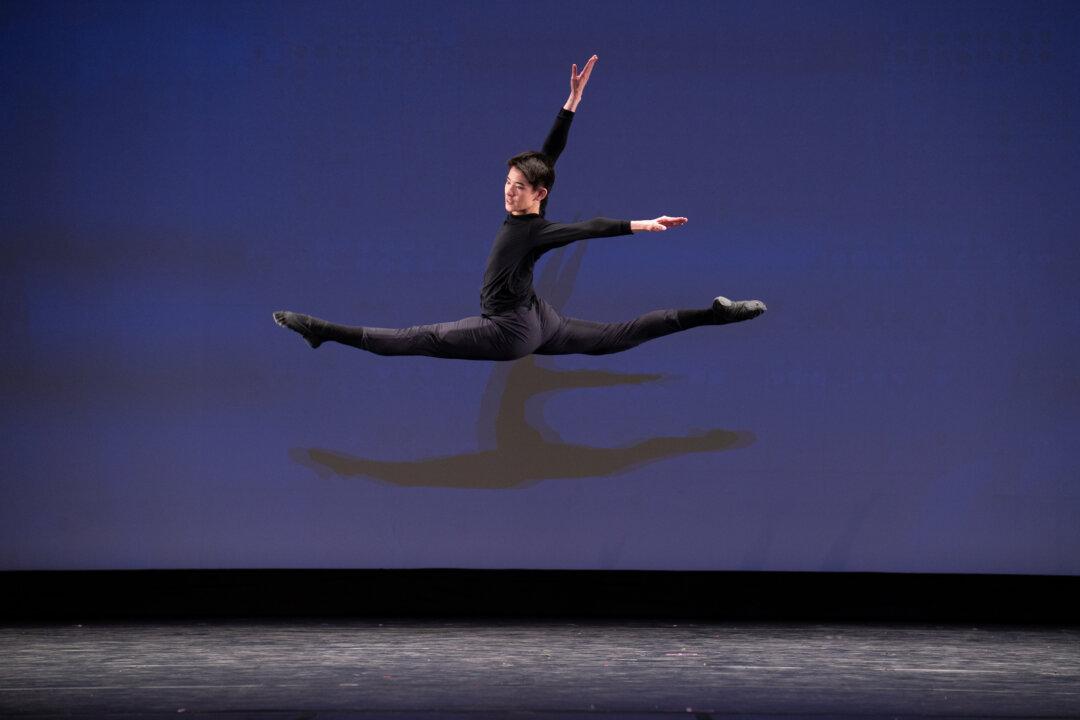There’s a Chinese saying, “Before learning a skill, first learn to be a good person.”
It’s a piece of wisdom that William Li embodies in his chosen skill: classical Chinese dance.
“Dancing, it really comes from the heart. [It’s] not just doing the movements,” he said.
Mr. Li is a principal dancer with New York-based Shen Yun Performing Arts, the world’s premier classical Chinese dance company. He joined the company in 2007 and became a dance instructor in 2015. In 2023, he served as a judge for the 10th annual NTD International Classical Chinese Dance Competition.

A millennia-old art form that traces its roots to ancient Chinese opera and martial arts, classical Chinese dance is renowned for its profound expressive power. It’s what allows Shen Yun performances to bring ancient stories and heroic figures—drawn from China’s 5,000 years of history—to vivid life on stage.
To wield that power well depends on more than technique.
“If you want to portray a character well, you have to resonate with [him]; your values and life have to align with [his],” Mr. Li said.
“Your movements have to portray emotion, and that’s a portrayal of you as a person as well. What kind of emotions are you feeling in your daily life? If you’re always very grumpy or angry, that reflects in your dancing.”
Mr. Li likens it to saying something that you truly believe, versus something that you don’t. The person you’re speaking to can feel the difference.
Embracing Humility
One character that especially resonates with Mr. Li is the legendary Monkey King from “Journey to the West,” one of the four classics of Chinese literature. The mischievous monkey gains magical powers under a Taoist master, dubs himself “The Great Sage Equal to Heaven,” and wreaks havoc in the heavens—only to be banished and trapped under a mountain by Buddha for 500 years as punishment. He’s finally freed by a Buddhist monk—by the Buddha’s arrangement—to be his disciple and bodyguard on his perilous pilgrimage in search of sacred scriptures.“Throughout that journey, you see [the Monkey King] go from an arrogant person to ... a humble person, even though he’s so powerful,” Mr. Li said. “As I learned to portray that character, I also learned about this humility, and that’s something that benefited me.”
It’s a value that he has embraced in his daily life, through everyday thoughts and actions, as well as in his view of his art.
“Chinese culture is believed to be divinely inspired. Even my skills and abilities, I think are also given to me by the divine,” Mr. Li said.
Although he has been honing his craft for years, he is still learning. He recalls, for instance, when Shen Yun’s artistic director introduced the advanced techniques of “shen dai shou, kua dai tui”—meaning “the body leads the arms, the hips lead the legs”—which transform a dancer’s movements, allowing them to “become longer, more expressive,” Mr. Li said.
“Dance is a language where you have to use your body to communicate, so ... for the audience, it’s a lot more clear, a lot more beautiful,” he said.
Since Mr. Li learned the difficult techniques later in his dance career, he had to go through a process of unlearning some things.
Teacher as Student

Becoming a dance instructor has pushed Mr. Li to new heights.
“You really have to master something to teach it,” he said.
Mr. Li spends a lot of time thinking about how to perform certain movements, where to apply force, and the best way to explain such intricacies to his students.
“The more you think about it, the more profound your understanding of that movement is, and then you yourself are able to do that movement better as well,” he said.
“As an instructor, you have to bring a lot of energy to the dance studio. You’re the leader of the group, so if you’re feeling down, everyone is going to feel it,” Mr. Li said. Understanding his role’s importance gives him “the energy to push past that,” he said.
In his classes, each student struggles with something different, whether it’s physicality, coordination, or lack of motivation, which itself has varied roots. Mr. Li has developed a keen intuition for perceiving those differences to meet his students where they are and support them where they need it most. “You almost become like a psychologist,” he said.
“When I see them learn and get better, and excel, it’s quite rewarding, and it’s something that’s meaningful.
The Next Generation
When he’s not on stage or in a rehearsal studio, you’ll likely find Mr. Li with a camera in hand: He’s one of the trio of Shen Yun dancers behind the “3 Musketeers” YouTube channel. The three friends started the channel to show audiences what the life of a Shen Yun artist is like behind the scenes. Some of their most-viewed hits offer peeks into a hectic day on tour or training at HQ. But they’ve also used videos to bring the same traditional Chinese culture and values that they portray on stage to a wider audience—especially younger fans.“I know a lot of kids like our channel,” Mr. Li said, smiling. “I wanted to present these traditional values in a more fun way that’s easier to digest.” A humorous skit on social faux pas, for instance, teaches compassion and consideration more effectively than a scholarly lesson on ancient Chinese etiquette.
In the dance studio, Mr. Li said, he finds it fulfilling to help nurture the next generation of dancers and “pass on the tradition and art of classical Chinese dance.”
For young artists, his most important piece of advice is to be consistent.
“We have a saying: If you don’t practice for one day, you will know. If you don’t dance for two days, your teacher will know. If you don’t dance for three days, the audience will know. They can tell,” Mr. Li said.
Training as a dancer is like nurturing a seed, he said.
“You plant it and you water it every day, but you don’t see it growing into a tree all of a sudden; it’s going to take many, many years. It’s about building upon yourself day by day, bit by bit,” he said.
After years of rigorous training, once you’re on stage, “it should come naturally—because you put in the work every single day. It’s not something that you just turn on.”
Mr. Li knows how difficult it is to persevere when you don’t see immediate results, especially with such grueling daily training. But with dance—as with anything in life, he said—the key is finding “what really drives you.”
When Mr. Li struggled through tough times as a younger dancer, he reminded himself of the craft’s bigger picture: Shen Yun’s mission to revive 5,000 years of traditional Chinese culture after it was almost destroyed by communism.
“Even when things get hard,” he said, “that’s very inspirational.”







